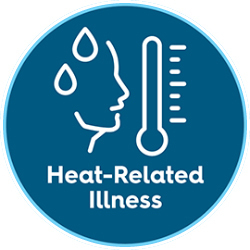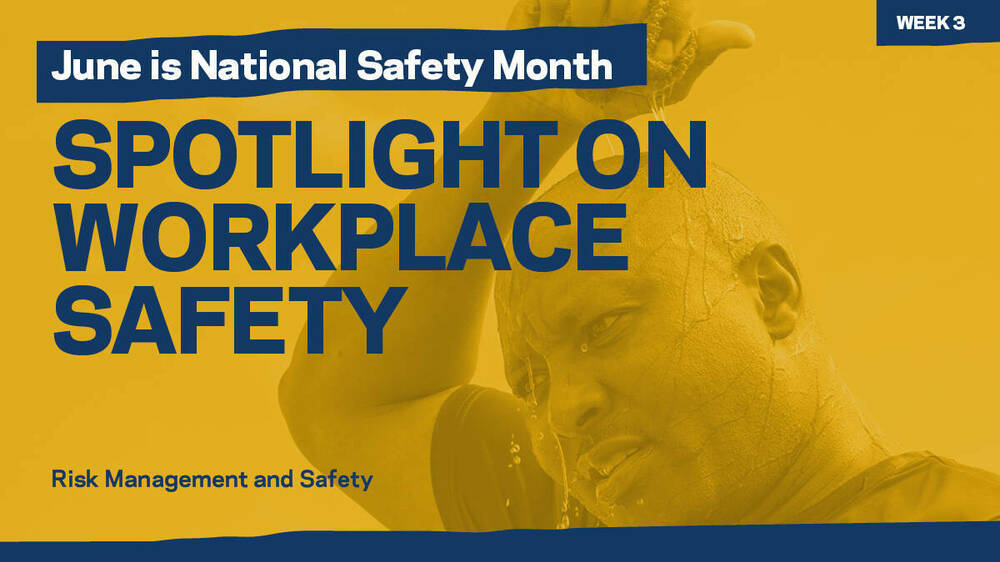Every year, thousands of workers are exposed to excessive heat as a result of environmental conditions, workload, machinery output and personal protective equipment. This heat exposure can lead to lack of focus, heat illness and even death. Ultimately, however, heat-related illness prevention is most effective when management commits to identifying and reducing exposure to heat hazards.
Heat-related illnesses accounted for 783 worker deaths and nearly 70,000 serious injuries in the United States from 1992 to 2016. And in 2018 alone, 3,950 workers experienced days away from work as a result of nonfatal injuries and illnesses from on-the-job heat exposure, according to the National Safety Council's Injury Facts.
Working in a hot environment can trigger ailments that include heat rash, heat cramps, heat exhaustion and heatstroke — considered a medical emergency. Symptoms of heat exhaustion include feeling faint or dizzy; excessive sweating; cool, pale, clammy skin; nausea or vomiting; rapid, weak pulse; and muscle cramps. Workers who are experiencing heat exhaustion need to get to a cool, air-conditioned place. If fully conscious, they should drink water, take a cool shower and use a cold compress.

Workers with heat stroke may experience a headache but no sweating, and have a body temperature above 103° F. Other symptoms are red, hot, dry skin; nausea or vomiting; and loss of consciousness. Call 911 if a case of heatstroke is suspected, and then take action to cool the worker until help arrives.
Tips to help prevent heat-related illnesses include:
● Drink water every 15 minutes.
● If working outside, take rest breaks in the shade to cool down.
● Wear a hat and light-colored clothing when working outdoors.
● Monitor co-workers for symptoms of heat-related illnesses.
The following resources help you and those you care about stay safe.
• Stay safe in the heat tip sheet
• What’s the UV Index?
• Help older adults stay safe in the heat
• NSC Launches Free First Aid App — including information on heat-related illnesses
• Children are Dying in Hot Cars — including free online training in English and Spanish
For more information, visit the University’s Heat and Cold Stress Prevention page or contact Erin Hafner at ehafner@nd.edu with any questions.
